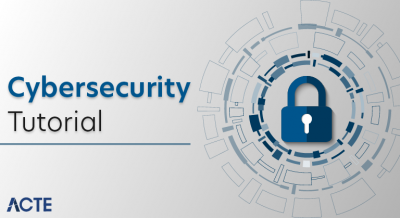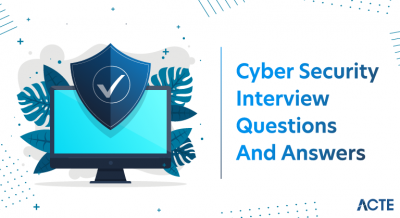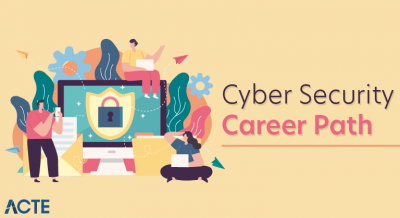
- Assistive Innovation
- Definition of Assistive Technology
- Categories (Mobility, Hearing, Vision, etc.)
- Examples of Devices
- Role in Education
- Role in Workplace
- Accessibility Laws
- Innovation in Assistive Tech
- Cost and Availability
- Government Initiatives
- Challenges and Limitations
- Conclusion
Assistive Innovation
In a world increasingly driven by technology, inclusivity remains a cornerstone of progress. Assistive technology (AT) has emerged as a transformative force, empowering individuals with disabilities to navigate daily life, education, and the workforce with greater independence and confidence. The global movement toward accessibility and equity has significantly elevated the importance of assistive technologies, not merely as supplementary tools, but as essential enablers of human potential especially when enhanced by Artificial Intelligence Training. This document explores the multifaceted domain of assistive technology, its definitions, classifications, roles, legal frameworks, and the innovations shaping its future.
Definition of Assistive Technology
Assistive technology encompasses a broad range of tools and systems designed to support individuals with disabilities in performing functions that might otherwise be difficult or impossible. The Technology-Related Assistance for Individuals with Disabilities Act of 1988 defines assistive technology as “any item, piece of equipment, or product system… that is used to increase, maintain, or improve functional capabilities of individuals with disabilities.” These technologies vary widely, from simple devices like pencil grips and canes to sophisticated software applications and robotic prosthetics. What is Artificial Intelligence [AI]? It refers to the simulation of human intelligence in machines, which is increasingly being integrated into assistive technologies to enhance functionality and personalization. Disability Support Technology is essential for closing functional gaps and facilitating full participation in society, from communication tools to mobility aids. Innovation in Disability Support Technology, such as AI-driven gadgets and smart wearables, is still developing quickly in spite of obstacles including exorbitant prices, little awareness, and technological limitations.
Ready to Get Certified in Artificial Intelligence ? Explore the Program Now Artificial Intelligence Online Training Offered By ACTE Right Now!
Categories of Assistive Technology
1. Artificial Intelligence (AI) and Generative AI
The future of disability support technology promises even more accessibility and empowerment for individuals with disabilities as governments and organisations engage in inclusive projects. Assistive technology can be broadly classified into the following categories based on the type of impairment it addresses:
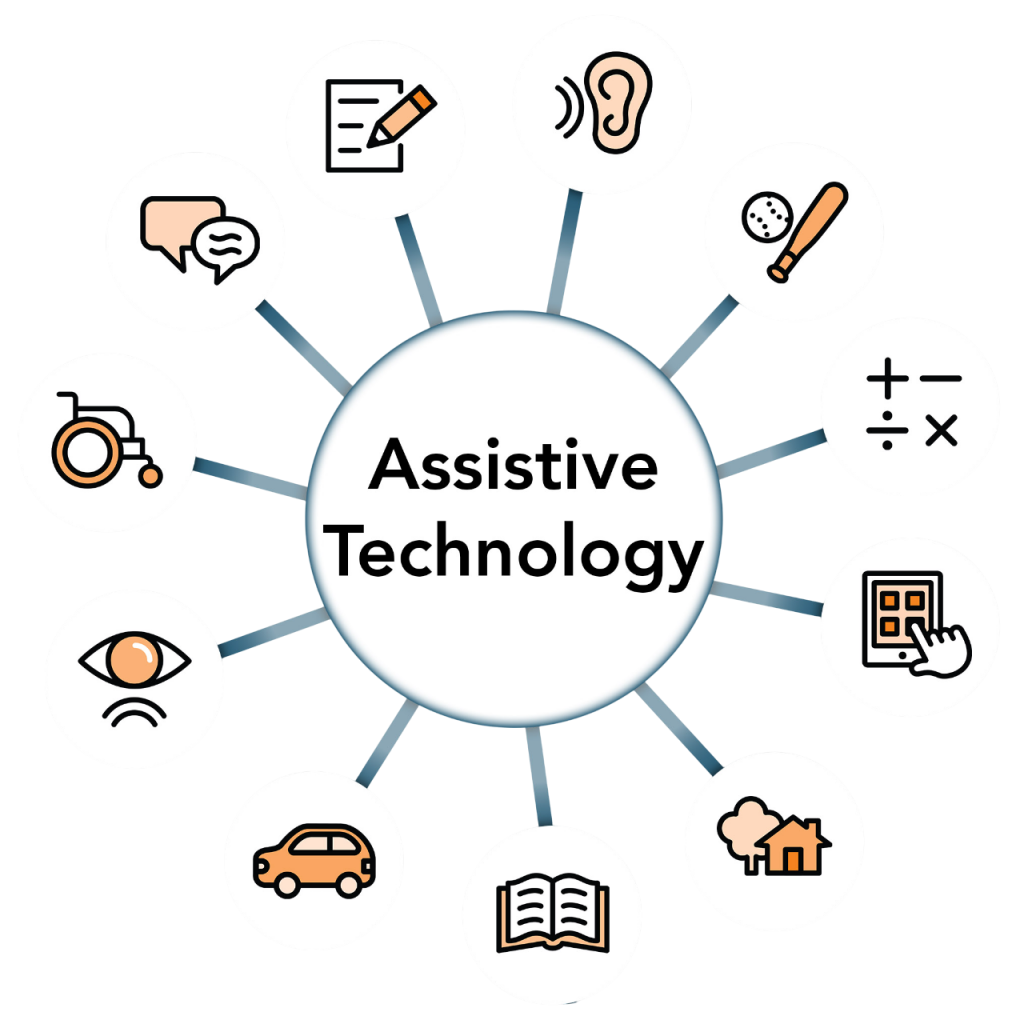
- Mobility Aids: These include devices that help individuals move around more freely. Examples include wheelchairs (manual and powered), walkers, mobility scooters, and stair lifts. With the rise of smart technology, resources like AI for beginners are helping users and developers understand how artificial intelligence can further enhance these mobility solutions. These tools are essential for individuals with physical disabilities, such as spinal cord injuries or muscular dystrophy.
- Hearing Aids: Devices in this category assist individuals with hearing impairments. Common examples include behind-the-ear hearing aids, cochlear implants, personal amplifiers, and captioning systems. Assistive listening devices (ALDs) are also frequently used in public settings like theaters and classrooms.
- Visual Aids: Designed for people with vision impairments, these tools include screen readers, Braille displays, magnifiers, and audio books. Recent advancements include smart glasses and apps that use artificial intelligence to describe surroundings.
- Communication Aids: Also known as Augmentative and Alternative Communication (AAC) devices, these tools assist individuals who have difficulty with speech. Devices range from picture boards and speech-generating devices (SGDs) to advanced communication apps on tablets.
- Cognitive Aids: These technologies help individuals with memory, attention, or other cognitive challenges. Examples include task management apps, reminder systems, and specialized software for individuals with learning disabilities.
- Environmental Control Systems: These enable users to control appliances and devices in their environment, such as lights, televisions, and thermostats, often through voice commands or switches.
Examples of Devices
Assistive technology devices range from simple to complex. Examples include tools like pencil grips, screen readers, and speech-to-text software many of which are powered by an Algorithm in AI that enables them to learn, adapt, and respond to users’ needs more effectively.
- Mobility: Power wheelchairs, stair-climbing wheelchairs, exoskeletons.
- Hearing: Bluetooth-enabled hearing aids, hearing loop systems
- Vision: OrCam MyEye, tactile graphics, screen magnification software.
- Communication: Proloquo2Go app, Dynavox devices
- Cognitive: Time Timer, smart watches with reminder functions
- Environmental: Smart home systems controlled via adaptive switches.
- Reading and Writing: Text-to-speech software, speech-to-text programs, and electronic graphic organizers support literacy.
- Mathematics: Talking calculators and math notation tools assist students with dyscalculia.
- Communication: AAC devices enable non-verbal students to express themselves.
- Assessment: AT allows for differentiated assessments, ensuring fair evaluation.
- Computer Access: Screen readers (e.g., JAWS), voice recognition software (e.g., Dragon NaturallySpeaking).
- Mobility: Adjustable desks, ergonomic chairs, and accessible workstations are common workplace accommodations. As AI becomes integrated into these environments, understanding the Advantages and Disadvantages of AI is essential to ensure that such technologies enhance accessibility without creating new barriers.
- Communication: Relay services for hearing-impaired employees, communication boards.
- Scheduling and Task Management: Apps for task tracking and reminders.
- AI-Powered Tools: Apps that recognize objects, read text aloud, or convert speech to text.
- Wearables: Smart glasses with facial recognition, haptic feedback wearables for navigation.
- 3D Printing: Custom prosthetics and orthotic devices at lower costs.
- Brain-Computer Interfaces (BCIs): Enabling direct control of devices through neural signals.
- India’s Accessible India Campaign promotes digital accessibility.
- Australia’s National Disability Insurance Scheme (NDIS) funds AT for eligible individuals.
- European Accessibility Act aims to improve AT access across EU nations.
Role in Education
Assistive technology plays a critical role in inclusive education. It enables students with disabilities to access the curriculum, participate in classroom activities, and demonstrate their knowledge. Key areas of impact include:
Educators and support staff receive training to integrate AT into teaching strategies. Individualized Education Plans (IEPs) often include recommendations for assistive technologies to meet students’ unique needs. As AI becomes more integrated into education, opportunities to Build a Career in AI are also expanding, especially in developing and supporting inclusive learning tools. Text-to-speech software, AAC devices, and specialised arithmetic aides are examples of inclusive education tools that facilitate students’ access to the curriculum and full participation in class activities. With increased awareness, inclusive education tools are becoming more sophisticated and widely available, guaranteeing that all students, regardless of ability, may succeed. Building a truly inclusive and encouraging learning environment requires ongoing investment in inclusive education tools.
Role in Workplace
In the professional environment, assistive technology ensures that individuals with disabilities can perform their roles effectively, increasing both productivity and job satisfaction. Examples include:
Employers are increasingly recognizing the value of diversity and inclusion, and assistive technology is a vital component of workplace accommodations under laws like the Americans with Disabilities Act (ADA).
Looking to Master Machine Learning? Discover the Artificial Intelligence Expert Masters Program Training Course Available at ACTE Now!
Accessibility Laws
The development and application of assistive technologies are greatly aided by accessibility rules. The Americans with Disabilities Act (ADA) mandates that workplaces and public areas in the US be accessible to individuals with disabilities. Access to assistive technology (AT) in public schools is guaranteed for students with disabilities by the Individuals with Disabilities Education Act (IDEA). The Rehabilitation Act’s Section 508 requires federal agencies to make their information technology and electronic systems accessible, a goal increasingly supported through Artificial Intelligence Training. The Assistive Technology Act of 2004 contributes to the funding of state initiatives that make AT and associated training accessible. The United Nations Convention on the Rights of Persons with Disabilities (CRPD) calls on nations to make inclusive design and accessibility a priority. When taken as a whole, these regulations contribute to ensuring that assistive technologies enable those with impairments to fully engage in society.
Innovation in Assistive Tech
The field of assistive technology is experiencing rapid innovation fueled by artificial intelligence, robotics, and wearable tech. Notable advancements include:
These innovations are expanding possibilities, enhancing user experience, and driving down costs.
Preparing for Artificial Intelligence Job Interviews? Have a Look at Our Blog on Artificial Intelligence Interview Questions and Answers To Ace Your Interview!
Cost and Availability
One of the most significant barriers to the adoption of assistive technology is cost. High-end devices like powered wheelchairs or eye-tracking systems can be prohibitively expensive. While insurance may cover some expenses, many devices remain out of reach for low-income individuals.To address this, several organizations and governments offer funding or low-cost alternatives. Open-source software, refurbished devices, and community lending programs are also making AT more accessible. Still, disparities exist, particularly in developing countries where resources and awareness are limited, highlighting the need to understand advances in technology such as GPT-3 vs GPT-4 and how these improvements can better support assistive solutions worldwide.
Government Initiatives
Governments worldwide are investing in programs to enhance the availability and integration of assistive technologies. In the United States, the Assistive Technology Act supports state-level programs offering device loans, demonstrations, and reuse services. Educational grants and Medicaid waivers also contribute to funding.
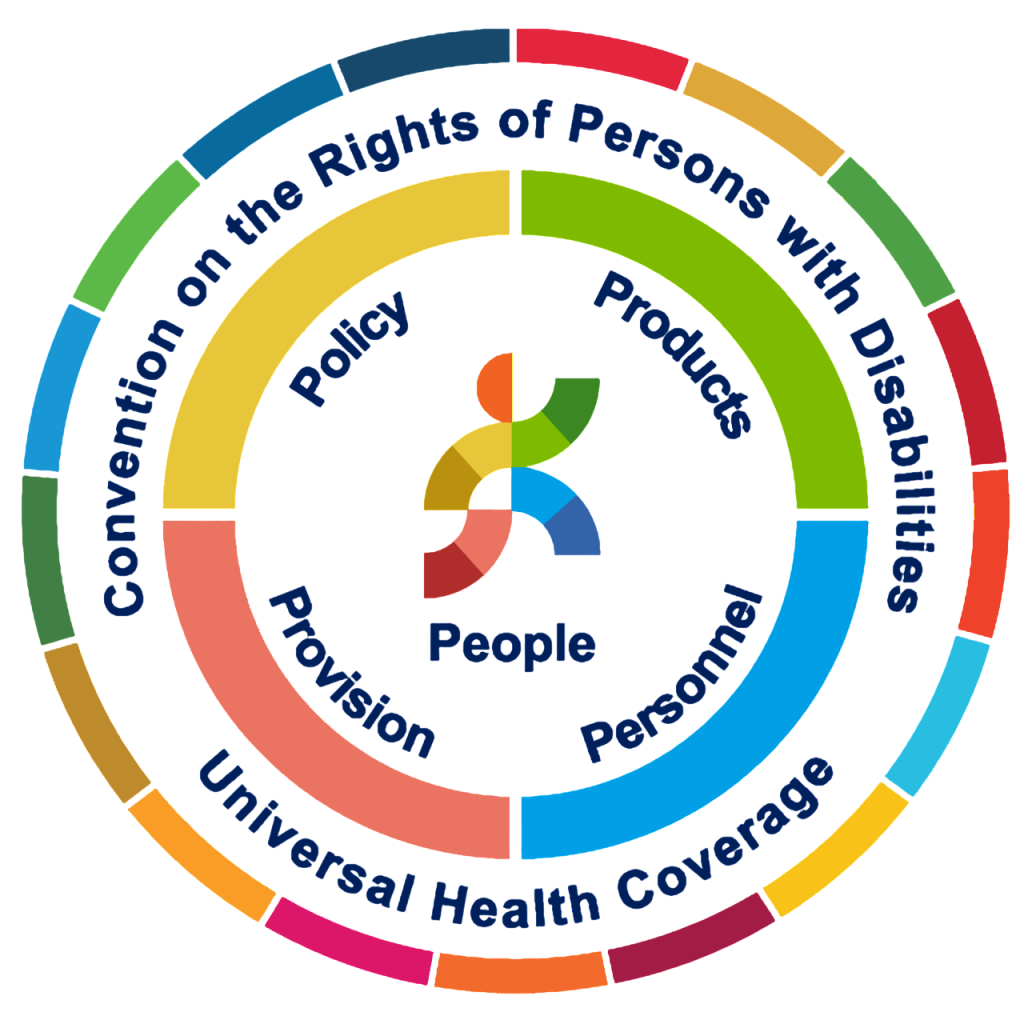
Globally, countries are adopting national disability strategies that include technology access. For example:
Such initiatives are essential to ensuring equitable access and supporting individuals’ full participation in society.
Challenges and Limitations
Despite tremendous progress, assistive technology continues to confront a number of obstacles and restrictions. Cost and funding continue to be significant obstacles because many gadgets are costly and frequently do not have complete insurance coverage. Additionally, there is a deficiency of knowledge and instruction among employers, educators, and users, which may hinder successful adoption. Resources like the Importance of AI movie list can help raise awareness and understanding of artificial intelligence’s impact, inspiring more effective use of assistive technologies. Usability is decreased when assistive devices do not seamlessly interface with mainstream technologies, a problem known as compatibility. Furthermore, maintenance and support are essential since gadgets require frequent upgrades and repairs in order to function properly. In conclusion, the stigma associated with disabilities can deter people from utilising assistive technology because of societal beliefs. The significance of ongoing activism, education, and the requirement for inclusive, user-centered design are all highlighted by these difficulties.
Conclusion
Assistive technology is a powerful enabler of independence, equity, and inclusion. Its impact spans personal life, education, employment, and civic participation, offering individuals with disabilities the tools they need to lead fulfilling lives. While technological innovations continue to enhance capabilities, attention must also be given to affordability, awareness, and systemic support. As societies advance toward universal accessibility, assistive technology enhanced by Artificial Intelligence Training stands as a testament to the power of inclusive innovation in transforming lives and breaking down barriers. The potential of assistive tools will be further unlocked with sustained investment in research and development.To promote inclusive advancement, cooperation between governments, IT firms, and advocacy organisations is essential. Optimising assistive solutions can be achieved through education and training, particularly in cutting-edge domains like artificial intelligence. To guarantee that no one is left behind in the digital era, accessibility must be given top priority in public policies. In the end, assistive technology is about human empowerment, opportunity, and dignity rather than just gadgets.


